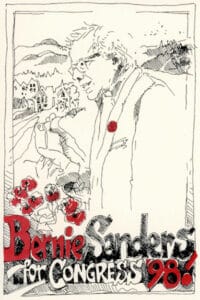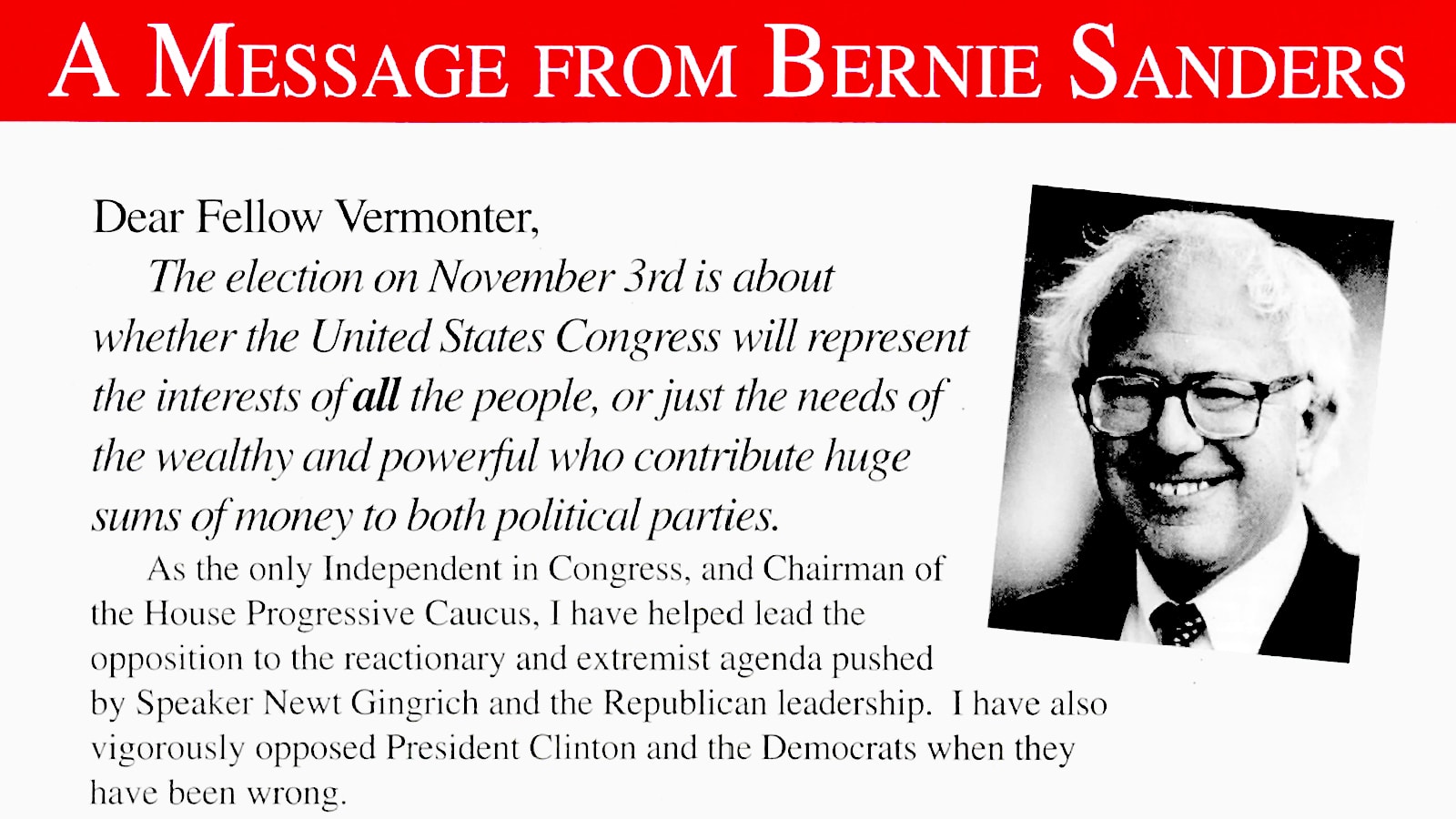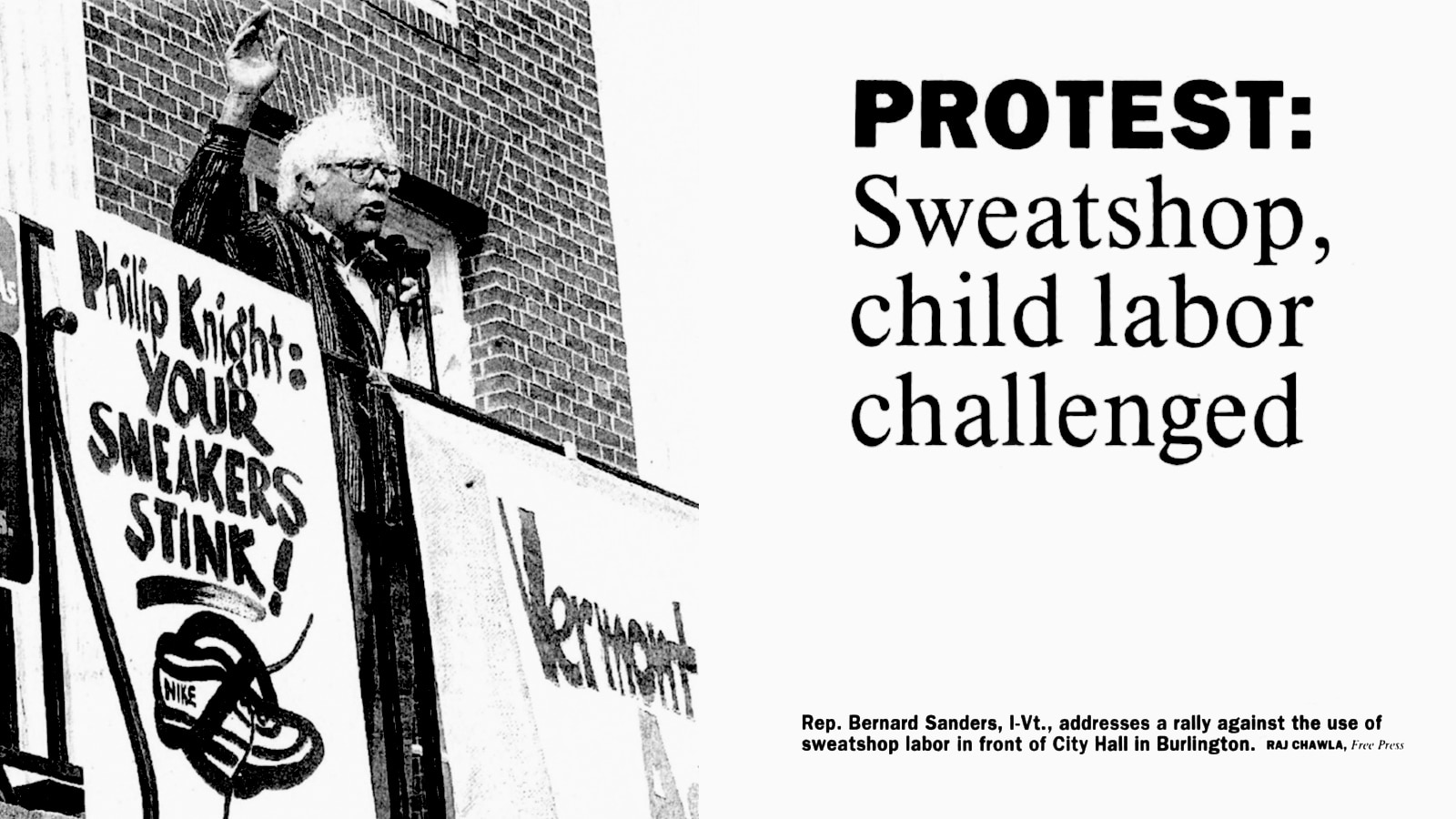On Tuesday, November 3, 1998, incumbent Bernie Sanders won re-election to his fifth term with 63 percent of the vote, continuing his run as the longest-serving independent candidate in the U.S. House of Representatives. His closest opponent in the race was Republican Mark Candon, with 32 percent of the vote.[1]
Candon was a Rutland stockbroker who served briefly in the state Legislature – as a Democrat. He argued that Sanders was “ineffective and anti-business.”[2]
A Bennington Banner OpEd observed:: “Incumbent U.S. Rep. Bernie Sanders is facing off against Republican challenger Mark Candon for the seat Sanders has held since 1992. It’s a race that offers Vermont voters a clear choice: Sanders and Candon agree on almost nothing.”[2]
 “The incumbent is one-of-a-kind, the only member of the House not affiliated with either major political party (although he often votes for the Democratic minority); Sanders supports the “little guy” issues. As usual, this election will be a referendum on the incumbent. Candon claims that, as an outsider, Sanders is without influence in the House – but the incumbent’s record seems to state otherwise. Sanders may be a political party of one, but he also heads up a coalition of 58 House members known as the progressive caucus, and he’s the ranking minority member of the powerful banking committee.”
“The incumbent is one-of-a-kind, the only member of the House not affiliated with either major political party (although he often votes for the Democratic minority); Sanders supports the “little guy” issues. As usual, this election will be a referendum on the incumbent. Candon claims that, as an outsider, Sanders is without influence in the House – but the incumbent’s record seems to state otherwise. Sanders may be a political party of one, but he also heads up a coalition of 58 House members known as the progressive caucus, and he’s the ranking minority member of the powerful banking committee.”
In a debate between the candidates on topics ranging from foreign policy to Social Security, Sanders held fast to his lifelong stance on the issues; fighting for the little guy and protecting the rights of American citizens.[3] His landslide victory showed that Vermonters wanted him to keep going.
 Back to Timeline
Back to Timeline


